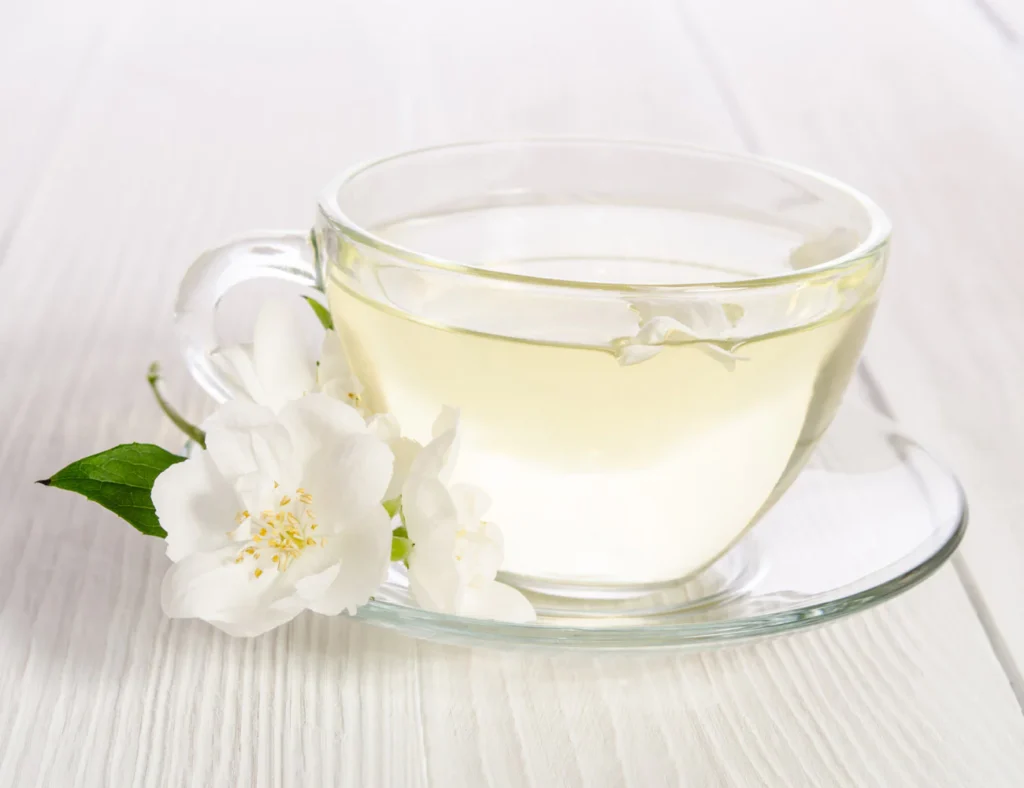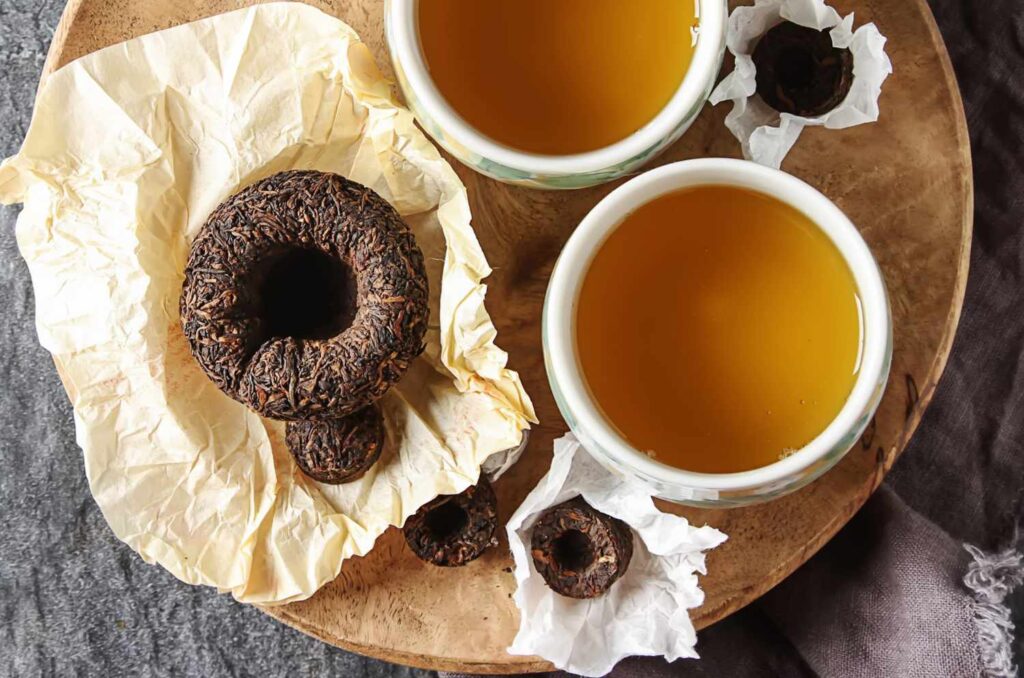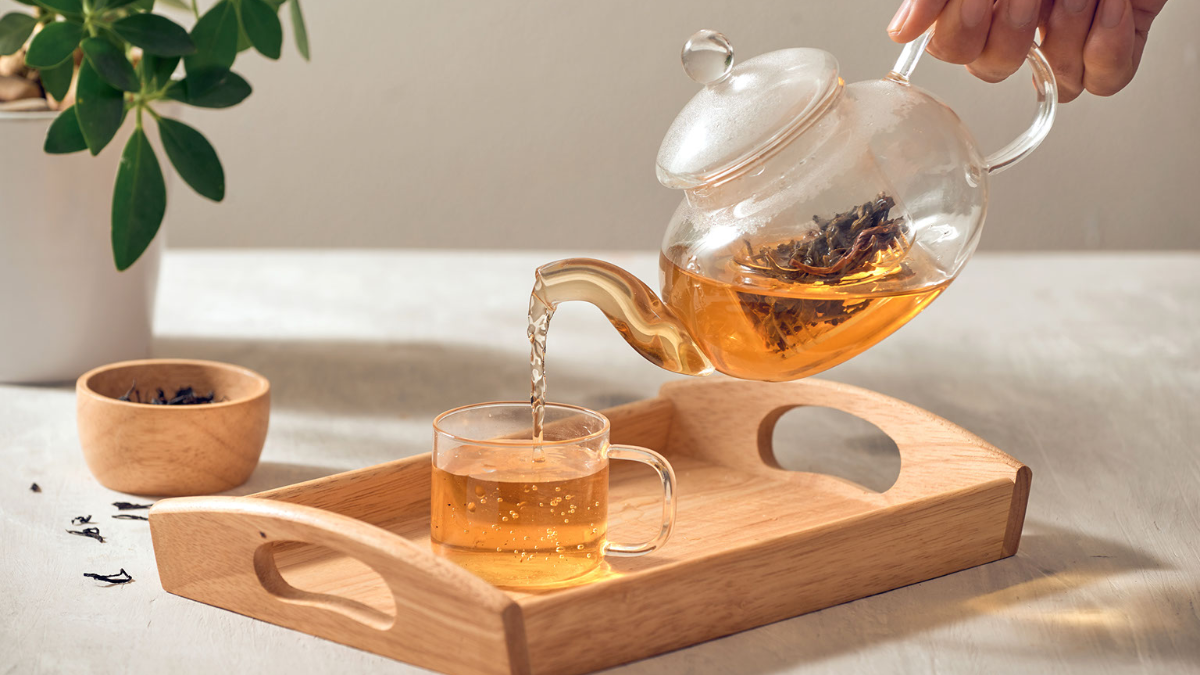Tea is one of the most beloved beverages worldwide, with a rich history and a variety of types to explore. Each type of tea comes from the same plant, Camellia sinensis, but is processed in different ways, resulting in unique flavors, colors, and health benefits. The main categories of tea include white, green, oolong, black, and pu-erh, each with its own distinct characteristics and origins.

White tea, known for its delicate flavor, originates in China, specifically in the Fujian province. It is the least processed of all teas, as the leaves are simply plucked and allowed to wither and dry naturally. This minimal processing helps retain the tea’s natural sweetness and subtle floral notes. Green tea, also popular in China, Japan, and other parts of Asia, is slightly more processed. The leaves are quickly steamed or pan-fired to prevent oxidation, which preserves their green color and fresh, grassy flavor. Japan is particularly famous for its green teas, such as matcha, a finely powdered tea used in traditional tea ceremonies.
Oolong tea, which falls between green and black tea in terms of oxidation, hails from China and Taiwan. The leaves undergo partial fermentation, which imparts a rich, complex flavor that can range from light and floral to deep and toasty. The origin of oolong tea is often associated with the Chinese province of Fujian, though Taiwan is known for its high-quality varieties, like the famous Formosa oolong. Black tea, the most widely consumed type of tea globally, is fully oxidized, which gives it a darker color and a stronger, more robust flavor. Its origins trace back to China, but it is now most commonly produced in India, Sri Lanka, and Africa. Popular varieties include Assam, Darjeeling, and Ceylon, each offering distinct flavors influenced by the region in which they are grown.

Pu-erh tea, a fermented tea from China’s Yunnan province, is unique due to its aging process. It undergoes microbial fermentation, which can last for years, allowing the flavors to deepen and mature. Pu-erh tea is known for its earthy, sometimes musty taste, and is often enjoyed for its digestive benefits.
Whether you prefer the subtlety of white tea or the boldness of black tea, each type offers a fascinating glimpse into the culture and history of its origin, making tea not only a beverage but a rich tradition worth exploring.

